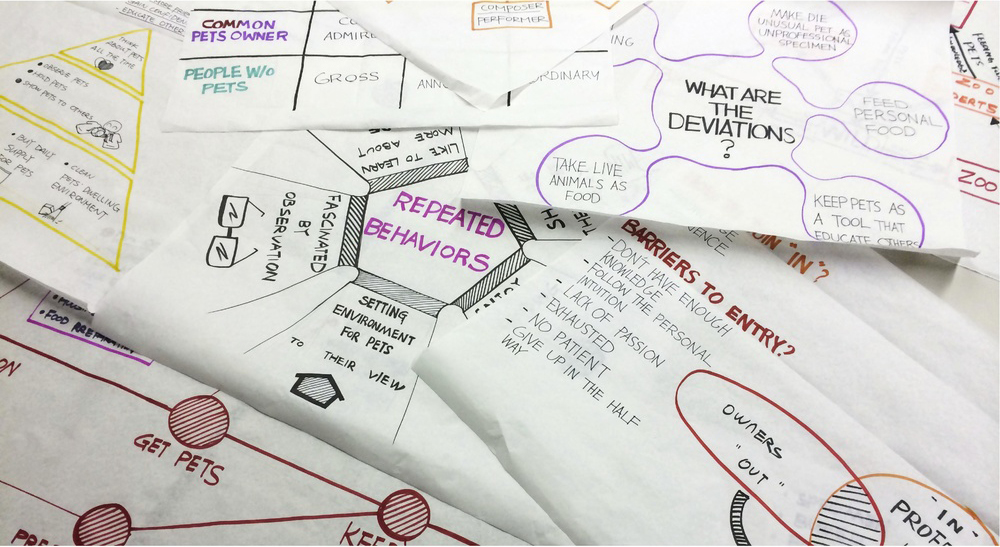In Support of Dedicated Research Courses for Undergrad Programs
 Saturday, October 18, 2014 at 5:11PM
Saturday, October 18, 2014 at 5:11PM 
Elizabeth Sanders and I have just finished an article for the upcoming issue of Innovation in support of dedicated research-only courses in undergraduate design education (please see the final draft of the article in the "papers" section of this site). As far as we have found, OSU and Art Center are the only programs presently offering such courses at the undergrad level. Many graduate programs have dedicated research courses but it seems rare for undergrad programs, and Liz and I both regret this. We would appreciate very much hearing from design students and faculty who are presently taking or teaching research-only courses in an undergrad design program. We'd love to compare notes.
Image: Analysis exercises by Jocelyn Ma, Siwei Wang, and Susan Zhang for my ID Research course, Summer 2014
 Katherine Bennett | Comments Off |
Katherine Bennett | Comments Off |  Art Center,
Art Center,  Elizabeth Sanders,
Elizabeth Sanders,  design research
design research